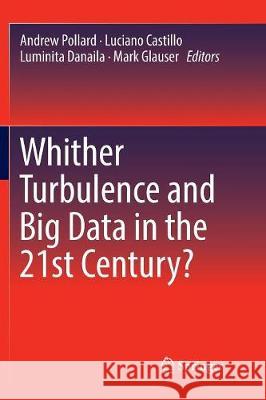Whither Turbulence and Big Data in the 21st Century? » książka
topmenu
Whither Turbulence and Big Data in the 21st Century?
ISBN-13: 9783319822976 / Angielski / Miękka / 2018 / 574 str.
Kategorie:
Kategorie BISAC:
Wydawca:
Springer
Język:
Angielski
ISBN-13:
9783319822976
Rok wydania:
2018
Wydanie:
Softcover Repri
Ilość stron:
574
Waga:
0.81 kg
Wymiary:
23.39 x 15.6 x 3.05
Oprawa:
Miękka
Wolumenów:
01
Dodatkowe informacje:
Wydanie ilustrowane











